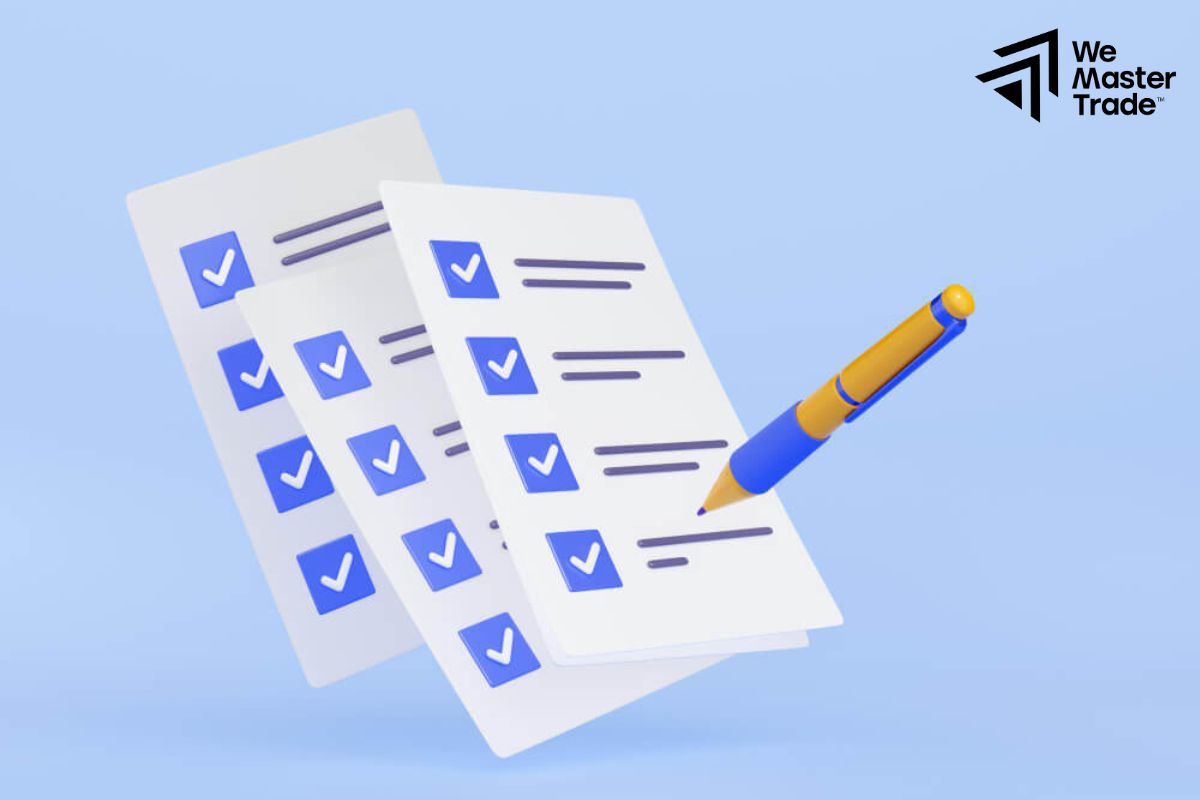In the prop firm trading world, preserving capital is just as important as making a profit. Everyone wants to make a quick profit, but if you do not know how to protect your capital, your account will burn out sooner or later. So today, I will share yet highly effective capital protection methods to help you safeguard your prop firm capital and advance steadily in this tough market.
See more:
- How Do Prop Firms Make Money? An In-Depth Look at Revenue
- Understanding Prop Firm Risk – What Traders Need to Know
- Common mistakes traders make when working with Prop Firms
5 Common Mistakes That Lead to Easy Capital Loss in Prop Firm Trading

Whether you’ve conquered the challenge or are just beginning your journey at a prop firm, capital protection should always be your top priority—because even a few basic mistakes can lead to a permanently locked account.
Here are 5 common mistakes that cause many new traders to “fall off the horse” – and how you can avoid them to protect your capital and survive in the market for the long term:
- No Clear Trading Plan: Entering on impulse, exiting out of panic – this is a recipe for failure. Not having a plan means you are gambling with your account.
- Using Excessive Leverage: High leverage can bring quick profits but can also burn you out quickly if the market moves against you.
- Ignoring Risk Management: Not setting stop-losses, entering on impulse or exceeding the allowed position size are the fastest ways to violate prop firm regulations.
- Emotional Trading: Trying to recoup losses after a loss, or being overconfident when you are winning, both can easily lead to bad decisions.
- Not Keeping a Trading Journal: Not tracking your trades means you are blind to recurring mistakes – and there is no way to make real progress.
Prop Firm Capital Protection: How to Safeguard Your Funds While Trading
Here are the most effective solutions to protect prop firm capital in trading, let’s learn and pocket useful tips:
Risk Management

No one can completely eliminate risks when trading. But you can completely minimize losses and keep your capital safe, just need to have a clear plan. Consider risk management as your “seat belt” on the trading journey. Trading without it is no different than driving with your eyes closed.
Clearly Define Your Risk Tolerance
Not everyone is suited for high-stress or high-risk trades. Some prefer safety, others crave excitement. Understanding your personal risk tolerance will help you choose the right strategy and maintain a stable mindset throughout your journey:
- If you are a person who likes safety → prioritize capital preservation, place small orders, go slowly but surely.
- A neutral person → dare to accept risks in return for higher profits.
- Passionate people → not afraid of storms, ready to “play big”, but need to be extremely disciplined.
Use Stop Loss Orders
One of the best ways to protect prop firm capital is to set a reasonable stop-loss. This is a “stop” that helps you limit losses when the market goes against your expectations.
In addition, you can try trailing stop-loss – a flexible stop loss that moves according to favorable prices, helping to protect existing profits.
Splitting Positions

Even if you see a “good deal”, don’t put all your capital into it. Smart trading is trading in proportion, for example:
- 2% Rule: Each order should only risk a maximum of 2% of total capital.
- If you are more confident, you can increase slightly – but still within the allowable risk limit.
Capital protection at a prop firm also means knowing how to preserve your funds so you can stay in the game – even when a few trades don’t go as planned.
Don’t Let Emotions Get Involved
Trading can be a roller coaster ride in a matter of minutes. Emotions are the biggest destroyers of capital:
- Losing? Don’t try to “retaliate” against the market.
- Too much profit? Do not be too greedy, knowing when to close a profit is also a survival skill.
Be calm – have a plan – be disciplined. That’s the trio of extremely effective capital protection.
Have a Clear Plan
Don’t trade on impulse. A good trading plan will include:
- Clear entry/exit points
- Specific stop-loss levels
- Pre-calculated position sizes
- Limit the amount of money you accept to lose per session
Having a plan in place helps you trade like a professional, not a gambler.
Daily Checklist for Effective Prop Firm Capital Protection

Stick this checklist next to your trading screen. Missing even one item could put your capital protection at risk and lead to a rule violation that jeopardizes your prop firm account.
- Have you checked the hot news today?
- Is this order in line with your trading plan?
- Have you set a reasonable stop-loss?
- Is the position above your account’s maximum risk %?
- Current psychology: Are you sober or are you being influenced by emotions (FOMO, revenge trade…)?
- Have you taken breaks between orders to avoid overtrading?
- Have you recorded this order in your trading diary?
Stick this checklist next to your trading screen. Even if you skip just one item, you can accidentally violate the rules and lose the ability to protect your prop firm capital.
Conclusion
In summary, capital protection is one of the most critical factors in building a solid foundation for your trading career at a prop firm. The market is always harsh, but if you stay disciplined, avoid common mistakes, and focus on protecting your capital, you’ll give yourself the best chance to go far. Wishing you success on your journey ahead!
See more:











